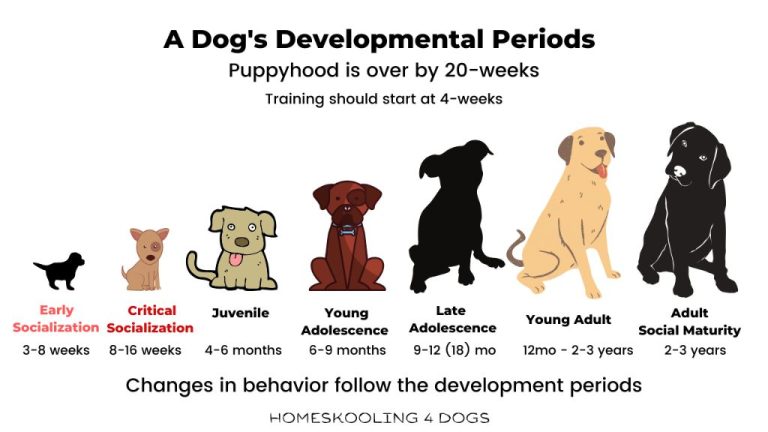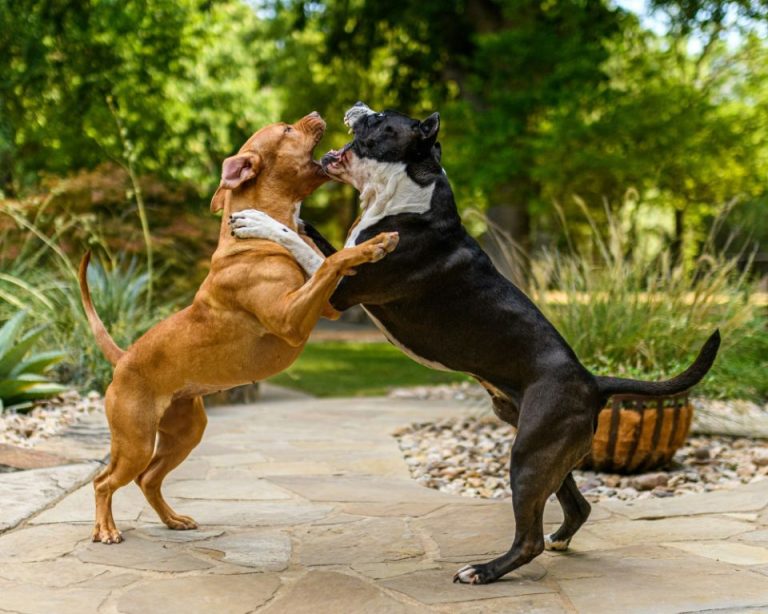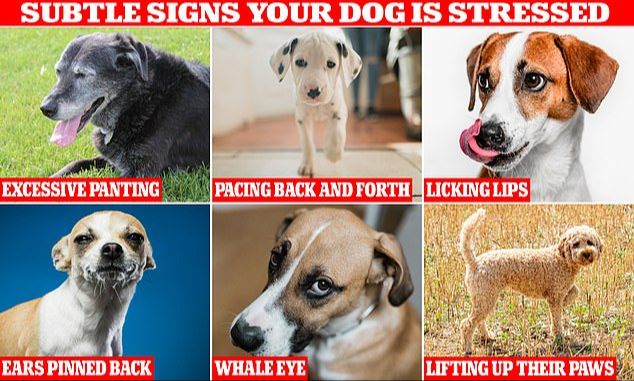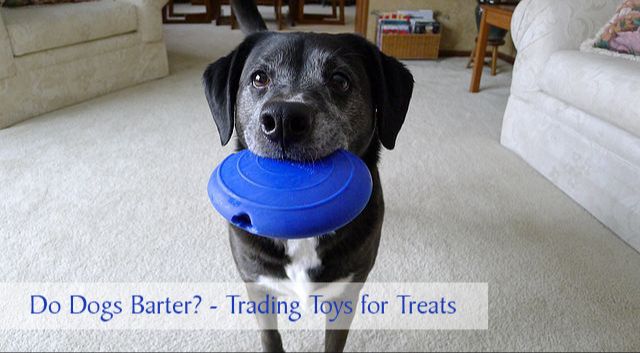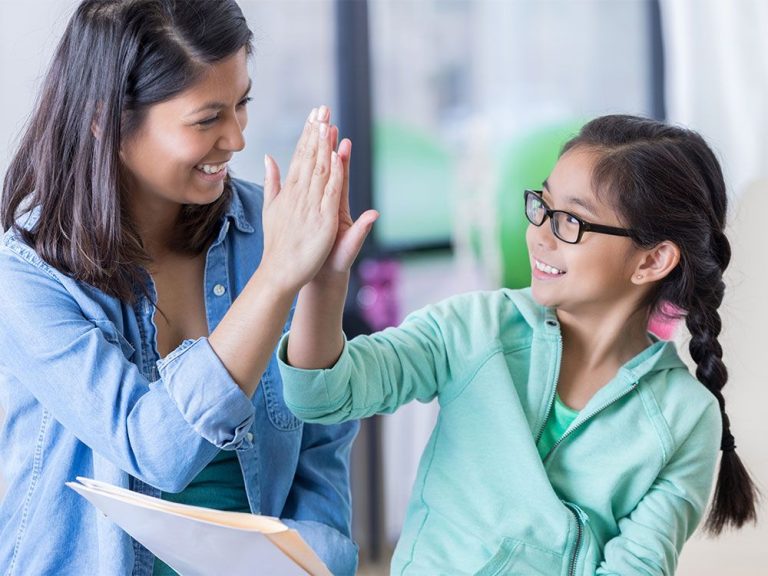Teaching Your Dog To Share Toys And Food: Resource Management Techniques
Teaching dogs to share toys and food is an important part of training and cultivating happy, well-socialized pets. Sharing allows dogs to interact positively with other dogs and reduces problematic resource guarding behaviors. Learning to share can also strengthen the bond between a dog and its owner through training games and sharing activities. This guide will cover techniques to teach your dog to happily share toys, food, and other resources using positive reinforcement methods.
We’ll start by understanding common resource guarding instincts in dogs. Then we’ll explore specific training techniques like using treats and rewards to reinforce sharing behaviors. Teaching ‘drop it’ and ‘leave it’ commands can also facilitate sharing. Managing the environment to set dogs up for success with sharing is key. We’ll go over fun sharing games to practice trading toys and food. Gradually desensitizing dogs to triggers that prompt guarding is another strategy. While patience and consistency are critical, more serious resource guarding may require professional help. The goal is to prevent rehearsal of problematic guarding, and instead teach dogs to share reliably in various situations.
Understand Resource Guarding Instincts
Dogs evolved as pack animals and needed to guard resources like food, territory, and mates in order to survive. This instinctive behavior to protect valued possessions is known as resource guarding. While resource guarding is a natural canine behavior, it can lead to aggressive reactions like growling, snapping, or biting when dogs feel their resources are being threatened.
According to the ASPCA, resource guarding is a common issue reported by dog owners. Dogs may display guarding behavior with items like food bowls, bones, toys, beds, or even people. The psychology behind resource guarding varies, but it’s typically based in anxiety. For example, former street dogs often guard food because they’ve gone periods without – it’s survival instinct. However, resource guarding can be modified by changing your dog’s emotional response through behavior techniques.
More info: https://www.humanesociety.org/resources/resource-guarding-dogs
Use Treats and Positive Reinforcement
One of the most effective techniques for teaching your dog to share is to use treats and positive reinforcement. The premise is simple – Reward your dog for any behavior that resembles sharing. For example, if your dog allows you to take away a toy or pick up dropped food without reacting, immediately give them a high-value treat. You can also initiate a trade by offering a treat in exchange for the item. As soon as your dog drops or releases the item, praise them enthusiastically and give the treat.
According to the Humane Society, positive reinforcement helps build a strong bond between owner and dog based on trust rather than fear. Food is a primary motivator for most dogs, so using treats allows you to mark and reward desired behaviors. With enough repetition, your dog will learn that sharing results in something even better.
Make sure to only reward the exact behavior you want. If your dog drops an item but waits for the treat, do not give it until they move away from the item. Be patient, as it may take many sessions before your dog reliably gives up items on cue. Remain positive – never punish growling or aggression, as this can make guarding worse. Instead, refocus your dog’s attention on the treat. With time, they will see you approaching high-value items as a cue for a tasty reward rather than a threat.
Teach ‘Drop it’ and ‘Leave it’ Commands
Fundamental commands for managing resources are “drop it” and “leave it”. These cues tell your dog to immediately release or ignore whatever item they have. Make training a game by using high-value treats and lots of praise as rewards.
Start by showing your dog a treat in a closed fist. Say “leave it” and wait for them to stop nosing and pawing at your hand. When they lose interest, open your hand to reward them with the treat. Repeat this until your dog learns that leaving an item alone earns a reward.
To teach “drop it,” have your dog hold an item, say the cue, then exchange a treat for the object. Reward successes often at first. Over time, phase out treats so your dog obeys on cue alone. Vary the items used so your dog generalizes these skills. Patience and consistency are key.
For more detailed training instructions, check out these guides: How to Teach Your Dog to Drop It and How to Train a Dog to Drop It & Leave It.
Manage the Environment
One of the best ways to prevent resource guarding incidents is to manage your dog’s environment. Remove any potential triggers like toys, bones, food bowls, and beds when guests arrive. According to this source, taking away items your dog is prone to guarding will eliminate the opportunity for guarding behavior when visitors are present.
Feed dogs in separate areas of the home during meals if guarding is an issue between multiple pets. Pick up food bowls when they are finished eating as well. Provide ample resources like toys and chews so dogs do not feel the need to protect their limited items.
Restrict access to spaces where your dog guards resources using baby gates or by closing doors. This allows your dog to feel more secure. Supervise interactions with guests and do not allow children or visitors to approach your dog when they have a high-value item.
Create a safe space like a crate or pen where your dog can relax with a chew toy without being bothered. Rotate toys to keep them novel and interesting. Essentially, preventing access to potential triggers and guardable items during times of stress can help avoid negative encounters.
Practice Trading and Sharing Games
Playing fun games that involve trading and sharing with your dog is a great way to reinforce desired behaviors around food and toys. Here are some game ideas to try:
The Sharing Game involves two or more dogs. Have them both sit, then give one dog a high-value treat or toy. When they take it, say “Thank you” to mark the behavior. Then ask the dog to “Give” and take back the item. Immediately give the treat/toy to the other dog and say “Thank you” again. Repeat back and forth between dogs.
Play the Trade Up Game by offering something better when your dog has an item. Say “Give” and offer a tastier treat in exchange for what they have. Then let them have the better treat while you take back the original item.
In the Share Game, when your dog has a toy, approach with a treat and say “Share”. When they drop the toy to take the treat, praise and give them the treat while picking up the toy. Then ask them to sit before returning the toy.
These games create positive associations with giving up objects, and motivate sharing through rewards rather than force. Be patient, keep sessions short and fun, and over time your dog will learn that sharing and trading leads to good things.
Desensitize Dogs to Triggers
One of the most effective ways to address resource guarding is through desensitization training. This involves slowly and positively exposing your dog to situations that trigger guarding behavior, while rewarding calm responses.
For example, if your dog guards toys, have a basket of toys nearby. While your dog is relaxing, slowly reach towards the basket, then drop a high-value treat on the floor near your dog. Praise and reward your dog for staying calm. Gradually work up to touching and moving toys, continuing to reward calm behavior.
You can also practice desensitization with food bowls. While your dog is eating, approach the food bowl and drop delicious treats in the bowl. Continue rewarding your dog for tolerating your presence near their food without reacting.
Over multiple training sessions, very gradually work up to touching the bowl, adding food, or even removing the bowl, as long as your dog remains relaxed. If at any point your dog shows signs of stress or guarding, slow down and work at an easier level.
With patience and consistency using positive reinforcement, you can help your dog become more comfortable instead of feeling the need to guard resources from you.[1]
[1] https://www.preventivevet.com/dogs/resource-guarding-in-dogs
Consider Professional Help
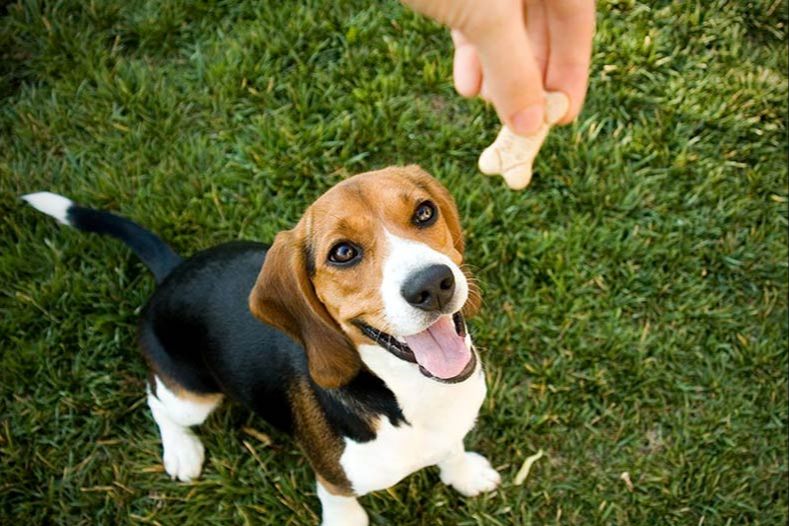
For serious aggression, consult a dog trainer or behaviorist. Many methods for resource guarding require precision and skill to implement correctly. Trainers can observe the specific triggers and provide tailored recommendations for your dog. They can demonstrate proper techniques for trading, counter-conditioning, and enforcing obedience commands around resources. Professional guidance is especially important if the resource guarding involves aggression that risks injury to humans. Look for a trainer experienced in modifying aggression and implementing force-free, positive reinforcement methods.
Some options for professional help include:
- A certified applied animal behaviorist: With a graduate degree and extensive training, they can design a customized behavior modification program (sources: The Humane Society, AKC).
- A certified professional dog trainer (CPDT): Look for one experienced in treating resource guarding (source: Preventive Vet).
- A veterinary behaviorist: These are licensed veterinarians also certified in behavior (source: AKC).
With professional guidance, many dogs overcome aggressive resource guarding. Just remember progress takes time and consistency. Manage your expectations and be patient during the process.
Prevent Rehearsal of Guarding
One of the most important things you can do is prevent your dog from rehearsing the guarding behavior over and over, since this reinforces it. As the ASPCA notes, “Don’t allow repeated guarding that reinforces the behavior. If your dog guards objects, call him cheerfully away from them. Reward him with treats for leaving the object alone and staying away from it” (ASPCA). You want to interrupt any guarding behavior before your dog has a chance to practice it multiple times and turn it into a habit.
That means supervising your dog closely when they have access to high-value items that tend to trigger guarding. Be ready to distract them with a fun game or lure them away from the item with a high-value treat. Swap the item out for something less exciting while praising them. The more you can prevent rehearsal, the faster you can break the guarding habit.
Be Patient and Consistent
Changing instinctive behaviors takes time and consistency. Stick with it! Resource guarding is a natural instinct for dogs, so it will take repetition and patience before your dog learns to reliably drop items or share toys. Don’t get frustrated or give up if your dog is slow to improve. With daily training sessions of just 5-10 minutes, you should see gradual progress over a period of 2-3 weeks. But it make take months for resource guarding behaviors to disappear completely. Your dog will have occasional setbacks, but stay positive and keep rewarding wanted behaviors.
Consistency is key – everyone in the household should follow the same training techniques. Dogs get confused by mixed messages. Use the same cues and reward desirable actions every time. For example, if you ask your dog to “drop” a toy, always follow up with praise and/or treats when they comply. Don’t sometimes reward the behavior and sometimes punish.
Be patient during training sessions. If your dog is refusing to drop a toy, don’t immediately resort to taking it by force. This can lead to conflict and reinforce guarding behavior. Instead, remain calm and gently experiment with different reward strategies until your dog is willing to relinquish the item voluntarily. Over many repetitions, your dog will learn that giving up objects results in good things, not loss.
While changing behavior takes time, you should see gradual improvement within a few weeks with regular short training sessions. But continue reinforcing lessons throughout your dog’s lifetime to maintain low resource guarding. With persistence and consistency, your dog will come to see you as the source – not the remover – of great things!
For more tips, see this training guide: The Importance of Patience, Consistency, and Repetition in Police Dog Training

